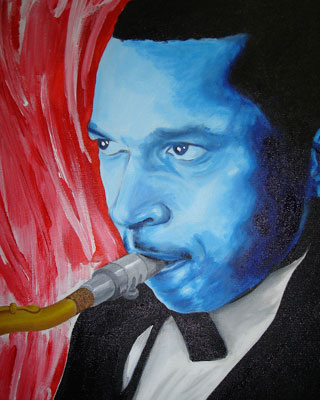At a jazz history seminar in college, my professor worked his way through the canon of standards and artists. From ragtime and stride piano, all the way through bebop and the “cool” period and beyond. But it was Miles Davis’s 1970 release Bitches Brew that drew the most controversy of all.
A bearded man in his 50’s felt, confidently, that this album is full of noise, not music. He dismissed it as indulgent and pretentious. Some other students agreed to some degree, while others defended the work as a stroke of genius and a pioneering leap in the history of jazz, influencing countless other musicians.
Regardless of opinion, Bitches Brew was one of Miles Davis’s best-selling albums. From Wikipedia:
“Upon release, it received a mixed response, due to the album’s unconventional style and revolutionary sound. Later, Bitches Brew gained recognition as one of jazz’s greatest albums and a progenitor of the jazz rock genre, as well as a major influence on rock and funk musicians.”
My contribution to the jazz seminar discussion was this: an album like Bitches Brew requires a certain level of trust from the listener. When a popular musician releases a different, challenging album, it usually shakes things up. The album may merely be a self-indulgent experiment and a mess of sounds with meandering concepts. But the thing that will bring you past the first-listen opinion of “I don’t get it” to the fifth or sixth listen of “now it makes sense,” is trust.
You need to trust that the musician you loved before did not lose his mind and go off the deep end. You need to trust that his good taste and insight you loved before is present in the new release as well. You need to trust that the album does, in fact, make sense and that it will reward repeated listenings. If you don’t trust the artist, and have good reason to believe there is no sense beneath the experimentation, then the first listen will likely be enough and you can dismiss at will.
The point is this: if you trust the artist, then make an effort before drawing a conclusion.




 Posted by Mark
Posted by Mark 









